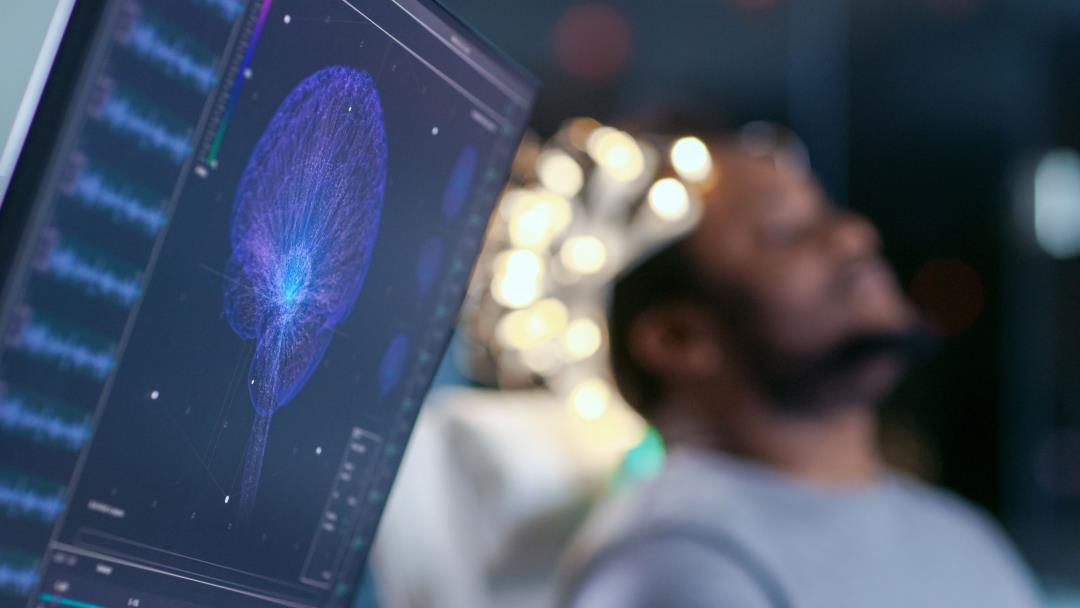
Their hearts and brains had flatlined. However, during their resuscitation, some of these “technically dead” patients had conscious experiences. One patient remembered feeling electrodes being placed on their chest and the subsequent shock, according to the National Post. Dr. Sam Parnia, an intensive care physician, explains that others were able to give detailed accounts of what the doctors were doing to them from a 360-degree perspective. These accounts are part of a groundbreaking study on near-death experiences, which Parnia and his team describe as the “first report of biomarkers of consciousness during CPR.” In 25 hospitals across the US, UK, and Bulgaria, trained personnel attached devices to measure oxygen and electrical activity in the brain to dying patients’ heads while CPR was administered for up to an hour.
“This study is the first of its kind and our research teams were successful in conducting these procedures without interfering in the medical care of the patients,” says Parnia, who is the senior author of the study published in the journal Resuscitation. Remarkably, even an hour into the resuscitation process, the researchers observed spikes in gamma, delta, theta, alpha, and beta waves, which indicate the emergence of brain electrical activity. Parnia compares this brain activity to what occurs when a person is talking or deeply concentrating. He suggests that these spikes are markers of “lucid, recalled experiences of death,” which are commonly reported by individuals who have had near-death experiences. These experiences often include a sense of separation from the body, an awareness of death, continued consciousness, a review of one’s life, and the feeling of “going home” before being revived. However, critics remain skeptical.
Out of 567 patients, only 53 survived to be discharged from the hospital, and only 28 were able to be interviewed, according to the Post. Among those interviewed, 11 reported being aware during CPR, and six reported having a near-death experience. Interestingly, none of the six patients with near-death experiences showed any detectable brain activity during resuscitation. Critics argue that this failure to link brain activity with conscious awareness is significant. However, Parnia contends that the absence of recorded brain activity does not necessarily mean the absence of consciousness. He points out that among the patients who survived and had readable electroencephalograms, 40% showed a transition from a flatline to normal lucidity, indicating that electrical signals are not merely a product of a dying brain. In addition, Parnia conducted a poll with 126 cardiac arrest survivors, revealing that 40% of them had awareness of the event and 20% had a recalled experience of death. (Read more near-death experience stories.)
Denial of responsibility! Vigour Times is an automatic aggregator of Global media. In each content, the hyperlink to the primary source is specified. All trademarks belong to their rightful owners, and all materials to their authors. For any complaint, please reach us at – [email protected]. We will take necessary action within 24 hours.


